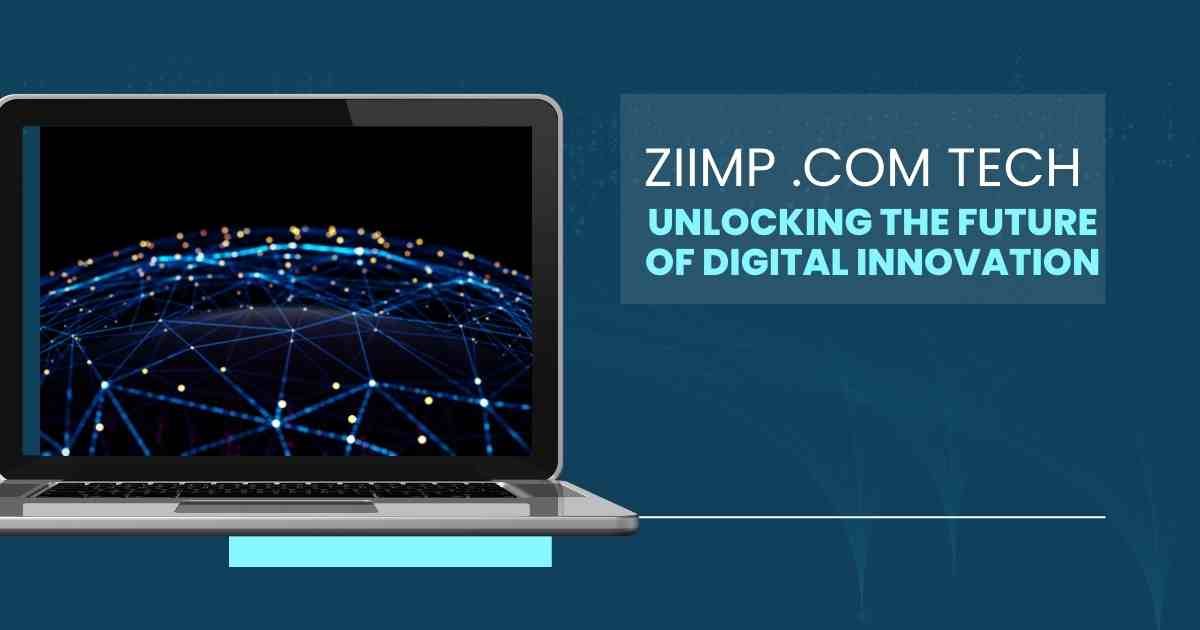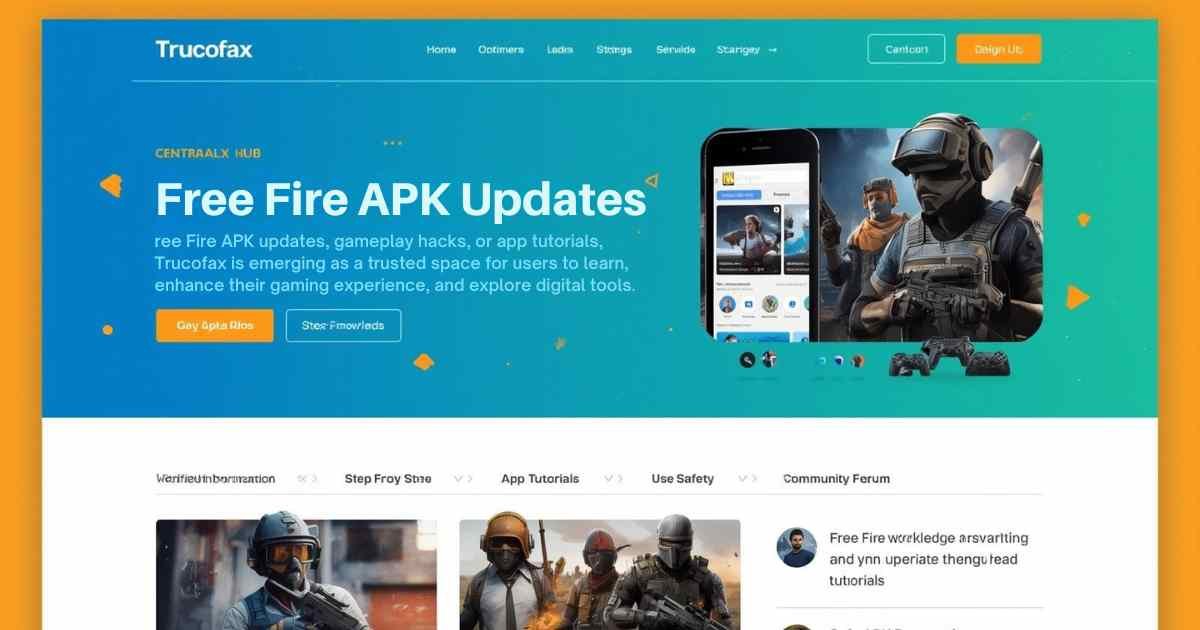Introduction – The Hidden Conductor of Innovation
In the world of technology and business, there are systems so essential that they go unnoticed. EO PIS is one such system—a silent force that keeps processes synchronized.
Think of it like the conductor of an orchestra. The musicians (departments, tools, and workflows) all perform separately, but the conductor ensures harmony. EO PIS plays that role in digital and operational systems.
It’s not a flashy tool. It’s the backbone—the hidden blueprint ensuring accuracy, timing, and alignment across industries. But what exactly is EO PIS, and why is it becoming so important?
What is EO PIS? – A Clear Definition
EO PIS stands for End-of-Period Information System (or in some contexts, Executive Operations Planning & Information System).
It is a structured framework or process that marks a critical operational point—often the conclusion of a cycle—where data is consolidated, validated, and distributed.
Different industries interpret EO PIS differently:
- In finance, it’s the month-end or quarter-end reporting framework.
- In data engineering, it’s a job-completion checkpoint ensuring data integrity.
- In government, it’s a compliance and monitoring protocol.
Regardless of the variation, EO PIS acts as the keystone of an operational arch—small in visibility, but essential for stability.
Origins & Philosophical Background
The roots of EO PIS go back to ancient trade. Merchants needed clear boundaries—fixed points in time to settle accounts before starting the next venture.
With the Industrial Revolution, these boundaries turned into standardized closing processes for production, finance, and trade.
In the digital age, EO PIS evolved into automated, traceable systems. These eliminate delays, reduce human error, and create audit-ready records.
Philosophically, EO PIS is about order in complexity—a way to pause, verify, and prepare for the future before taking the next step.
Real-World Applications of EO PIS
EO PIS is everywhere—though often under different names. Its value lies in adaptability across sectors.
Finance & Business Reporting
In corporate finance, EO PIS manages the end-of-month or quarter close. It gathers all transaction data, reconciles inconsistencies, and generates executive summaries.
Example: A traditional close might take 10 days. With EO PIS automation, companies can achieve it in less than 24 hours, boosting agility in decision-making.
Data Engineering & IT
For IT teams, EO PIS can be an end-of-job trigger in a data pipeline. Once the pipeline finishes, EO PIS automatically validates, stores, and shares the results.
This ensures that only clean, verified data is used in analytics, machine learning, or reporting—preventing cascading errors.
Manufacturing & Logistics
In production lines, EO PIS runs shift-end summaries:
- Units produced
- Downtime causes
- Maintenance alerts
With real-time reports, managers can adjust shift planning, schedule repairs, and improve efficiency before the next work cycle begins.
Government & Public Sector
Public agencies use EO PIS to track compliance with executive orders or legislative deadlines.
By automating reporting and flagging exceptions, EO PIS increases transparency, strengthens accountability, and ensures timely public service delivery.
EO PIS vs Traditional Models – A Detailed Comparison
| Feature | EO PIS Approach | Traditional Models |
|---|---|---|
| Data Handling | Automated, version-controlled | Manual spreadsheets |
| Transparency | Real-time, fully auditable | After-the-fact reviews |
| Scalability | Modular & event-driven | Rigid, difficult to expand |
| Error Prevention | Built-in validation rules | High risk of mistakes |
| Reporting Speed | Hours or minutes | Days or weeks |
Summary: EO PIS transforms reporting from a slow, manual bottleneck into a fast, reliable system that scales with business growth.
Future Implications of EO PIS
The future of EO PIS lies at the intersection of automation, AI, and governance.
Opportunities
- AI-Driven Forecasting – Using EO PIS data for predictive analytics.
- Global Transparency – Allowing secure, real-time data sharing across borders.
- Sustainability Gains – Reducing waste by acting on end-cycle insights.
Risks
- Overcentralization – Too much control in one system can create vulnerabilities.
- Privacy Concerns – Consolidating sensitive data increases cybersecurity stakes.
- System Rigidity – Excessive automation can reduce adaptability.
Ethical Reflection
The challenge is ensuring human oversight. Automation should enhance—not replace—critical thinking in decision-making.
Best Practices for Designing EO PIS
A successful EO PIS follows structured design principles:
- Define Operational Boundaries – Be clear about where each process starts and ends.
- Map Inputs Accurately – Identify every data source feeding the system.
- Embed Validation – Automate checks for accuracy and completeness.
- Use Modular Architecture – Allow easy scaling and future upgrades.
- Maintain Audit Trails – Keep records for compliance and problem-solving.
- Train Teams – Ensure everyone understands both the technical and strategic purpose.
Metaphors & Analogies for EO PIS
- The Airport Control Tower – Directs all flights (processes) in and out, ensuring safety and timing.
- The Publishing Deadline – Marks the exact point where content is finalized and sent to print.
- The Chef’s Final Taste Test – Checks everything before the dish leaves the kitchen.
Conclusion – The Human Meaning Beneath the System
EO PIS is not just software or a checklist—it’s a philosophy of precision and clarity.
Like a conductor, it synchronizes moving parts into a seamless performance. Businesses that adopt EO PIS don’t just save time—they gain trust, insight, and resilience.
In a world moving at digital speed, EO PIS ensures we can pause, verify, and step forward with confidence.
FAQ – Simple Answers
1. What’s EO PIS?
A system that marks an important closing point for processes and reporting.
2. Why does it matter?
It speeds up decision-making and ensures accuracy.
3. Who uses it?
Finance, tech, manufacturing, and government sectors.
4. How is it better than old systems?
It’s automated, traceable, and far faster.
5. Can it work with AI?
Yes—AI can enhance its forecasting and automation capabilities.











